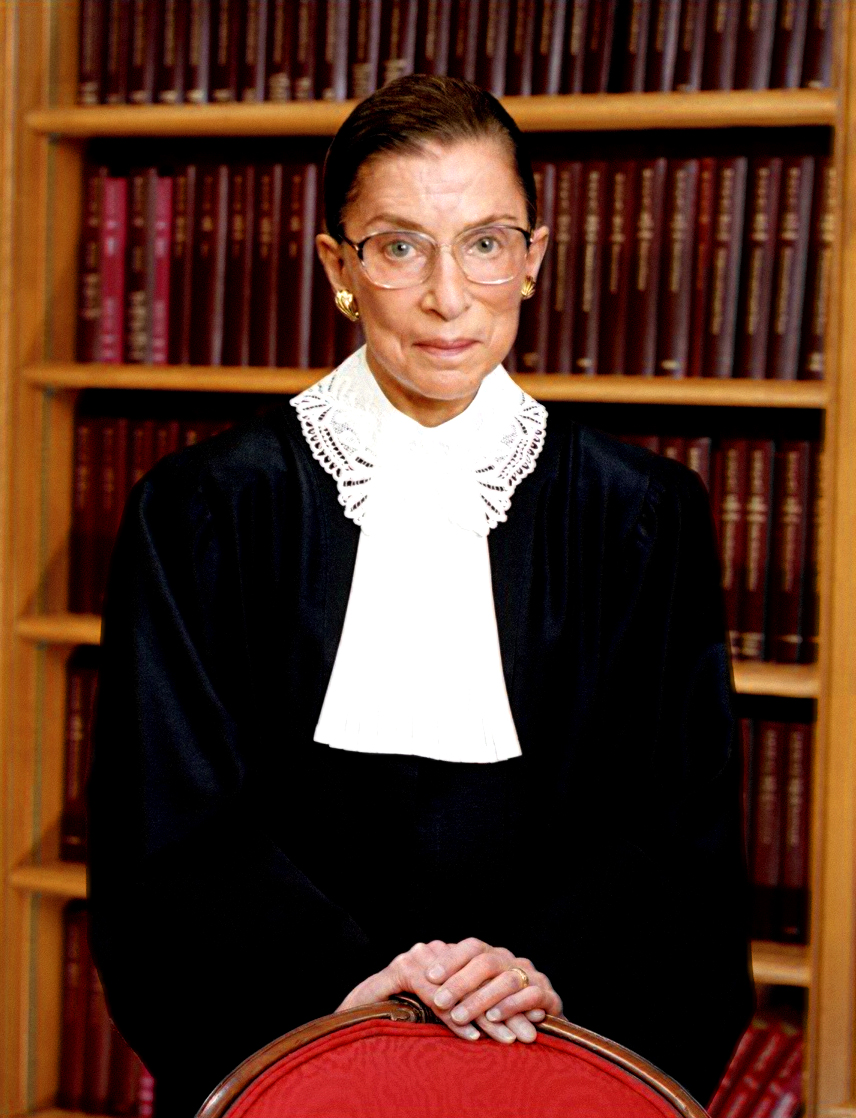Rosa Parks: The Spark That Ignited a Movement
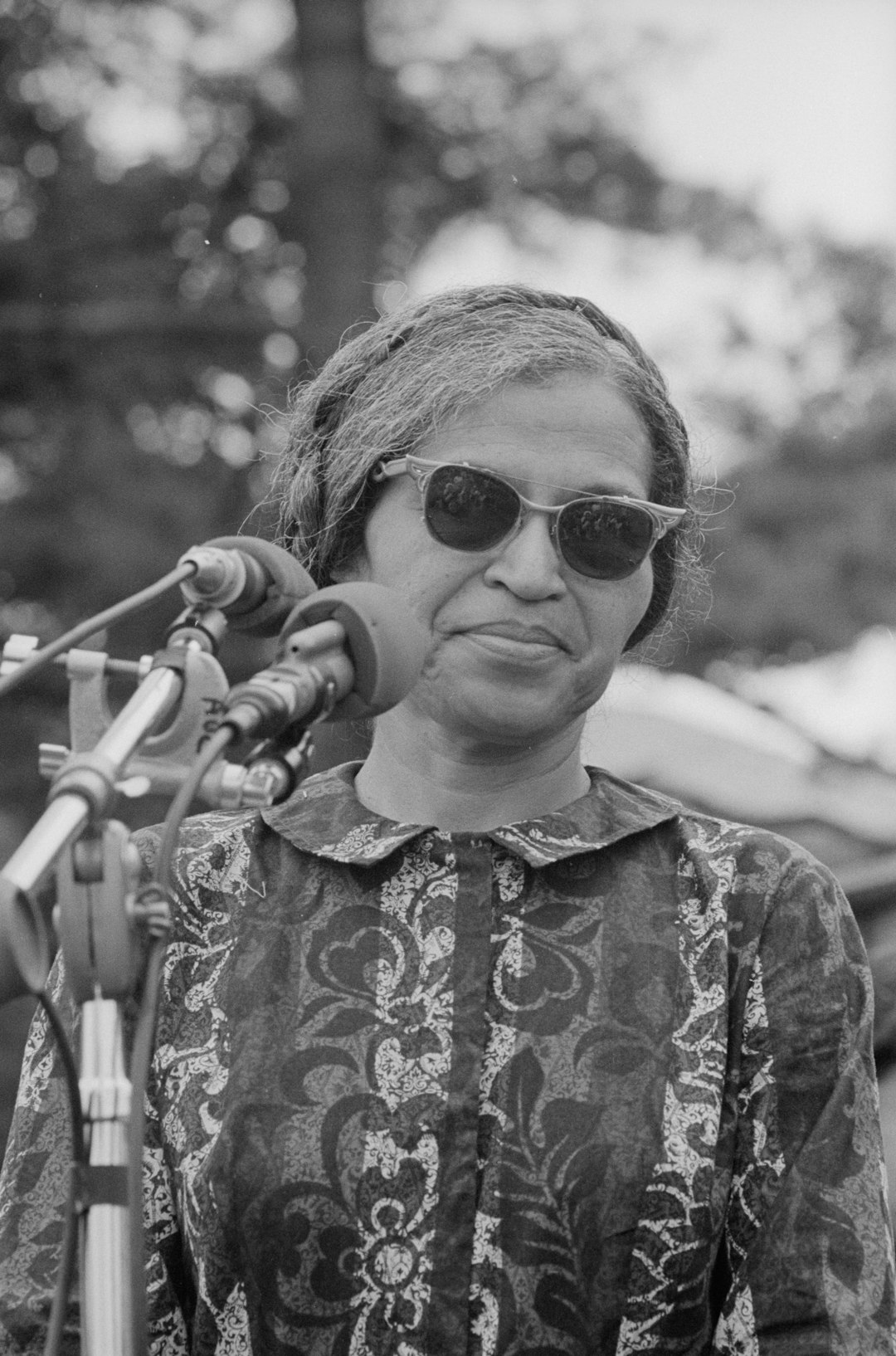
On December 1, 1955, a seamstress named Rosa Parks made a decision that would forever alter the course of American civil rights history. Her refusal to give up her bus seat to a white passenger in Montgomery, Alabama, wasn’t just an act of defiance—it was a calculated move that sparked the Montgomery Bus Boycott, lasting 381 days and costing the city transit system over $750,000 in lost revenue according to Montgomery city records. Parks had been trained in civil rights activism at the Highlander Folk School and served as secretary of the Montgomery chapter of the NAACP, making her the perfect candidate to challenge segregation laws.
The boycott’s success led to a Supreme Court ruling that declared segregated public buses unconstitutional, and Parks became known as the “Mother of the Civil Rights Movement.” Her courage inspired countless others to join the fight for equality, and she continued her activism until her death in 2005. The Rosa Parks Museum in Montgomery, which opened in 2000, continues to educate visitors about her lasting impact on American society.
Eleanor Roosevelt: Redefining the Role of First Lady
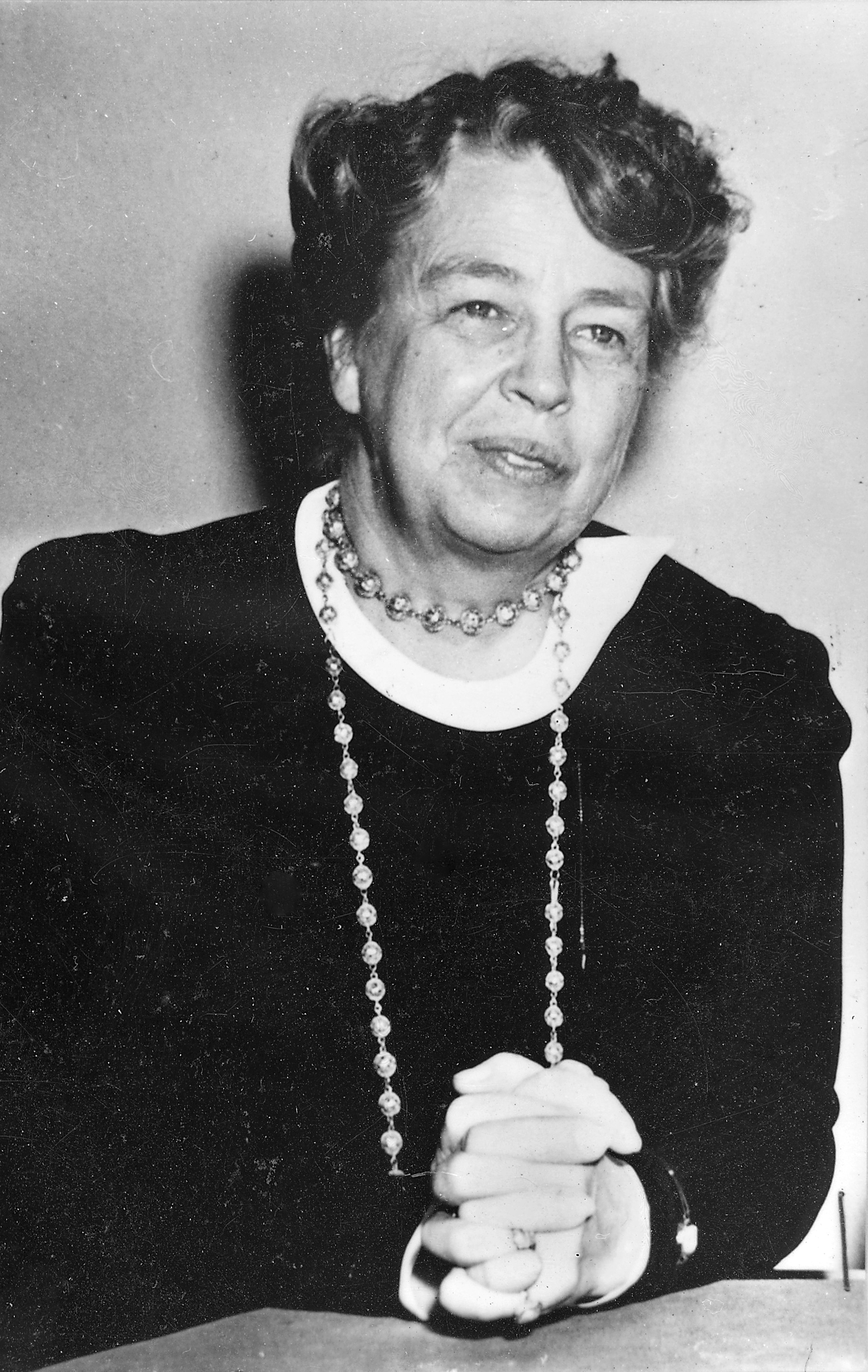
Eleanor Roosevelt transformed the largely ceremonial position of First Lady into a powerful platform for social change during her husband’s presidency from 1933 to 1945. She held regular press conferences exclusively for female reporters, giving women journalists opportunities that were previously denied to them in the male-dominated White House press corps. Roosevelt traveled over 280,000 miles during her time as First Lady, visiting troops overseas, touring factories, and advocating for civil rights at a time when such positions were considered radical.
After Franklin D. Roosevelt’s death, she chaired the United Nations Commission on Human Rights and played a crucial role in drafting the Universal Declaration of Human Rights, adopted by the UN General Assembly in 1948. Her newspaper column “My Day” ran for 27 years and reached millions of readers, making her one of the most influential voices in 20th-century America. Roosevelt’s legacy continues through the Eleanor Roosevelt Center at Val-Kill, which promotes human rights education and social justice initiatives.
Susan B. Anthony: The Face of Women’s Suffrage
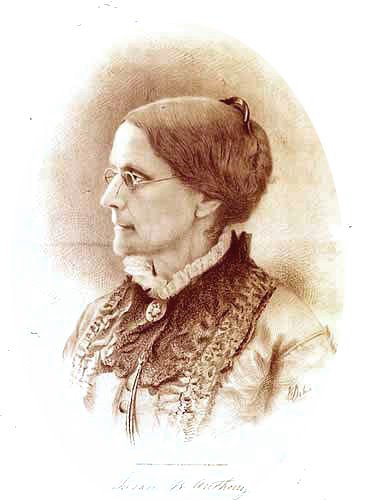
Susan B. Anthony dedicated over 50 years of her life to securing voting rights for women, becoming one of the most recognizable figures in the suffrage movement. In 1872, she was arrested for voting illegally in the presidential election, using her subsequent trial as a platform to argue for women’s constitutional right to vote. Her partnership with Elizabeth Cady Stanton led to the formation of the National Woman Suffrage Association in 1869, which lobbied for a federal constitutional amendment rather than state-by-state campaigns.
Anthony’s tireless efforts culminated in the passage of the 19th Amendment in 1920, fourteen years after her death, which granted women the right to vote nationwide. The amendment is often called the “Susan B. Anthony Amendment” in her honor, and her image appears on the dollar coin minted from 1979 to 1981 and again in 1999. According to the National Archives, over 26 million women voted in the 1920 presidential election, demonstrating the immediate impact of her lifelong struggle.
Harriet Tubman: The Underground Railroad’s Greatest Conductor
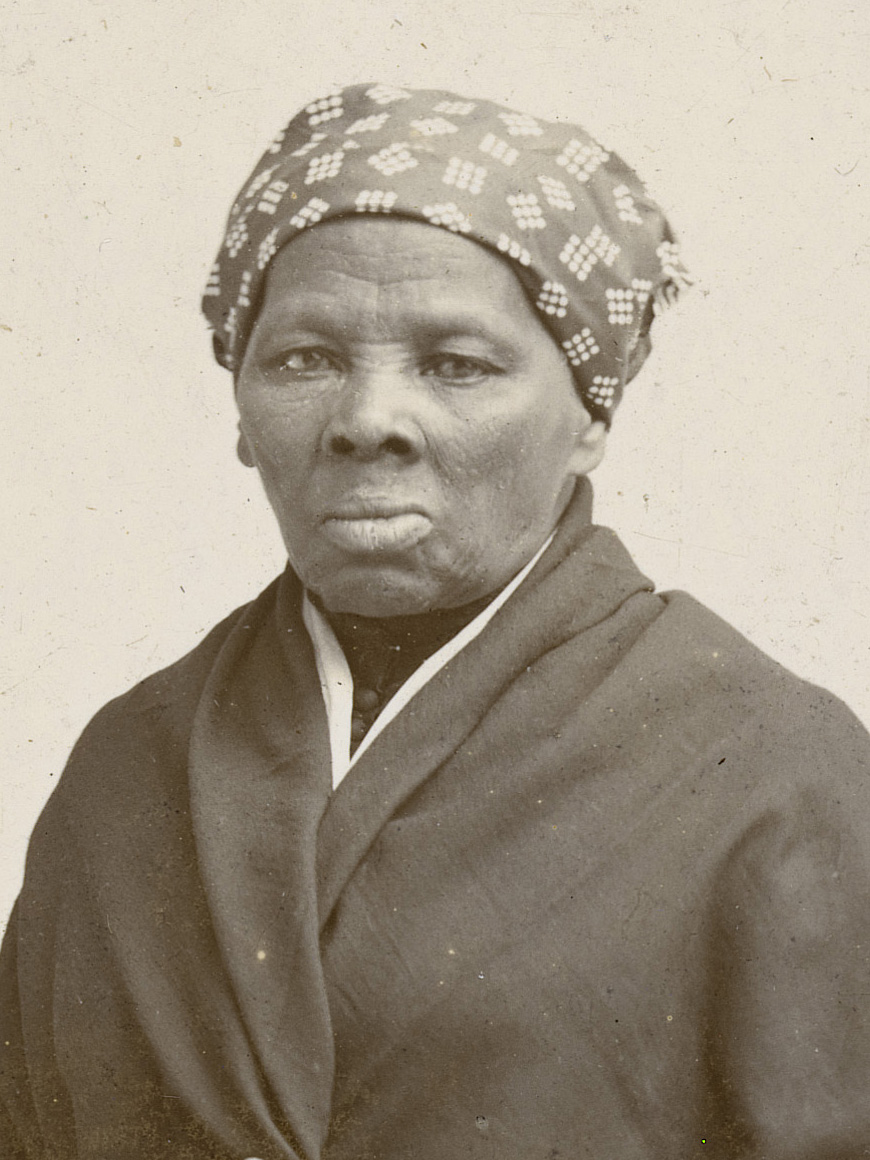
Harriet Tubman escaped slavery in 1849 and returned to the South 19 times to lead approximately 70 enslaved people to freedom through the Underground Railroad network. Her success rate was perfect—she never lost a single person during these dangerous journeys, earning her the nickname “Moses” among those she helped. During the Civil War, she served as a spy, scout, and nurse for the Union Army, becoming the first woman to lead an armed expedition that resulted in the liberation of more than 700 enslaved people in South Carolina.
Tubman’s impact extended beyond the Underground Railroad, as she later became an advocate for women’s suffrage and established a home for elderly African Americans in Auburn, New York. In 2016, the Treasury Department announced plans to feature Tubman on the $20 bill, replacing Andrew Jackson, though the redesign has faced delays. Her childhood home in Maryland was designated a National Historical Park in 2021, ensuring her story continues to inspire future generations about courage and determination in the face of oppression.
Betty Friedan: Igniting the Modern Women’s Movement
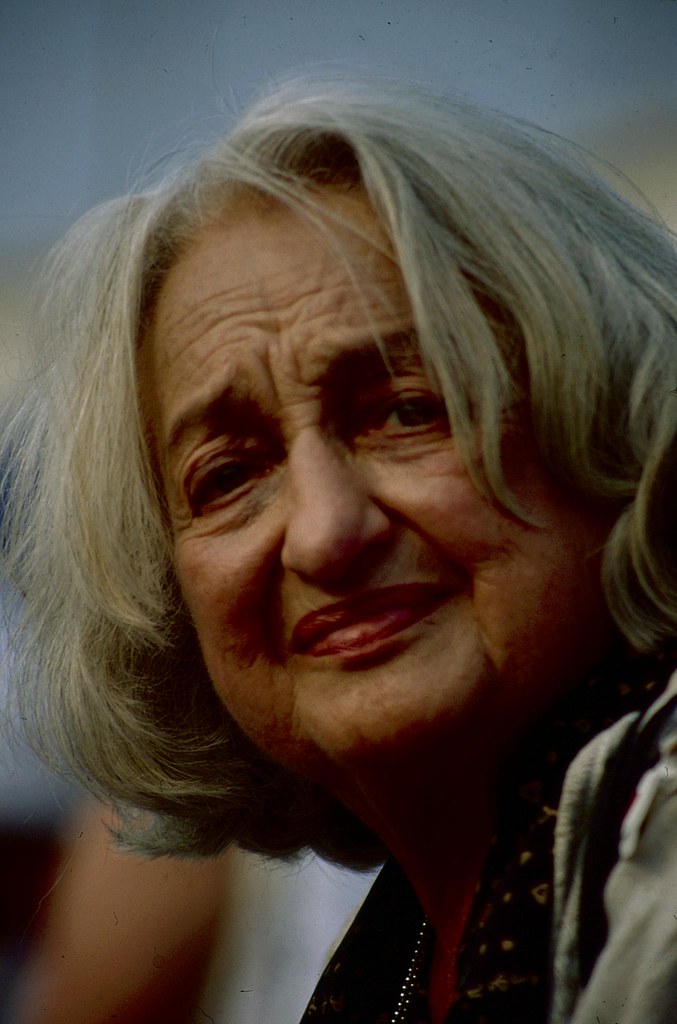
Betty Friedan’s groundbreaking book “The Feminine Mystique,” published in 1963, challenged the widely accepted notion that women could find fulfillment solely through homemaking and motherhood. The book sold over 3 million copies and sparked what became known as the second-wave feminist movement by giving voice to the dissatisfaction many suburban housewives felt but couldn’t articulate. Friedan’s research revealed that despite post-World War II prosperity, women were experiencing what she termed “the problem that has no name”—a deep sense of emptiness and lack of purpose.
In 1966, Friedan co-founded the National Organization for Women (NOW), which became the largest feminist organization in the United States with over 500,000 members today. She advocated for the Equal Rights Amendment, reproductive rights, and workplace equality, fundamentally changing how society viewed women’s roles. Her work directly influenced legislation including the Equal Pay Act and Title VII of the Civil Rights Act, which prohibited employment discrimination based on sex.
Sandra Day O’Connor: Breaking the Supreme Court Barrier
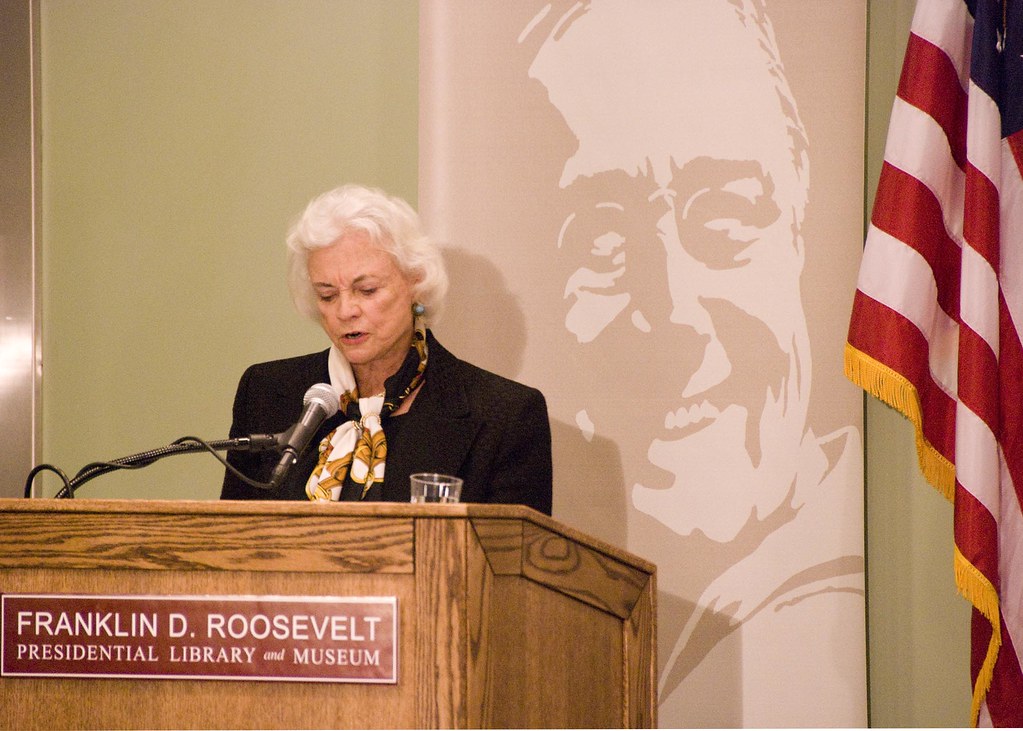
Sandra Day O’Connor shattered one of the most significant glass ceilings in American government when President Ronald Reagan appointed her as the first female Justice of the Supreme Court in 1981. Despite graduating third in her class from Stanford Law School, O’Connor initially struggled to find employment at law firms due to gender discrimination, with one firm offering her a position as a secretary instead of a lawyer. She went on to serve in the Arizona State Senate and as a state judge before her historic Supreme Court appointment.
During her 24-year tenure on the Court, O’Connor became known as the decisive swing vote in many landmark cases, including those involving abortion rights, affirmative action, and religious freedom. Her pragmatic approach to jurisprudence often defied ideological expectations, and she authored the majority opinion in over 300 cases. After retiring in 2006, O’Connor founded iCivics, an educational program that has reached over 9 million students with interactive civics lessons, continuing her commitment to American democracy and education.
Oprah Winfrey: Media Mogul and Cultural Influencer
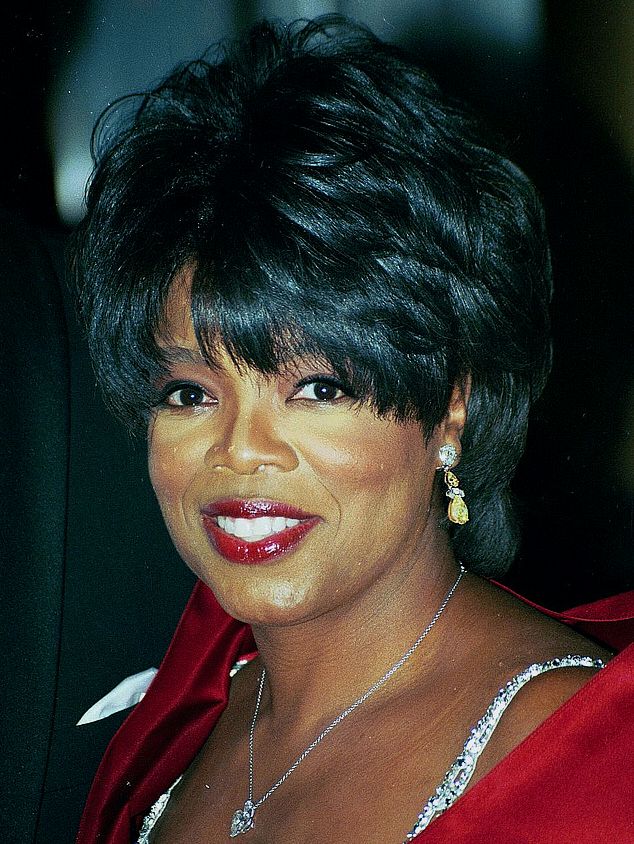
Oprah Winfrey transformed from a local news anchor in Nashville to becoming one of the most influential media personalities in American history, with her talk show running for 25 years and reaching an estimated 44 million viewers weekly at its peak. Her production company, Harpo Productions, became a billion-dollar enterprise, making her the first African American woman billionaire in 2003 according to Forbes magazine. Winfrey’s influence extended far beyond entertainment, as her book club recommendations consistently turned novels into bestsellers, a phenomenon known as the “Oprah Effect.”
Her philanthropic efforts have donated over $400 million to educational causes, including the establishment of the Oprah Winfrey Leadership Academy for Girls in South Africa, which has graduated over 500 young women since opening in 2007. Winfrey’s cultural impact includes breaking down barriers for African American women in media and business, while her advocacy for survivors of sexual abuse helped launch important conversations about trauma and healing. The National Museum of African American History and Culture, which received a $21 million donation from Winfrey, opened in 2016 as a testament to her commitment to preserving and sharing African American history.
Ruth Bader Ginsburg: The Notorious RBG’s Legal Legacy
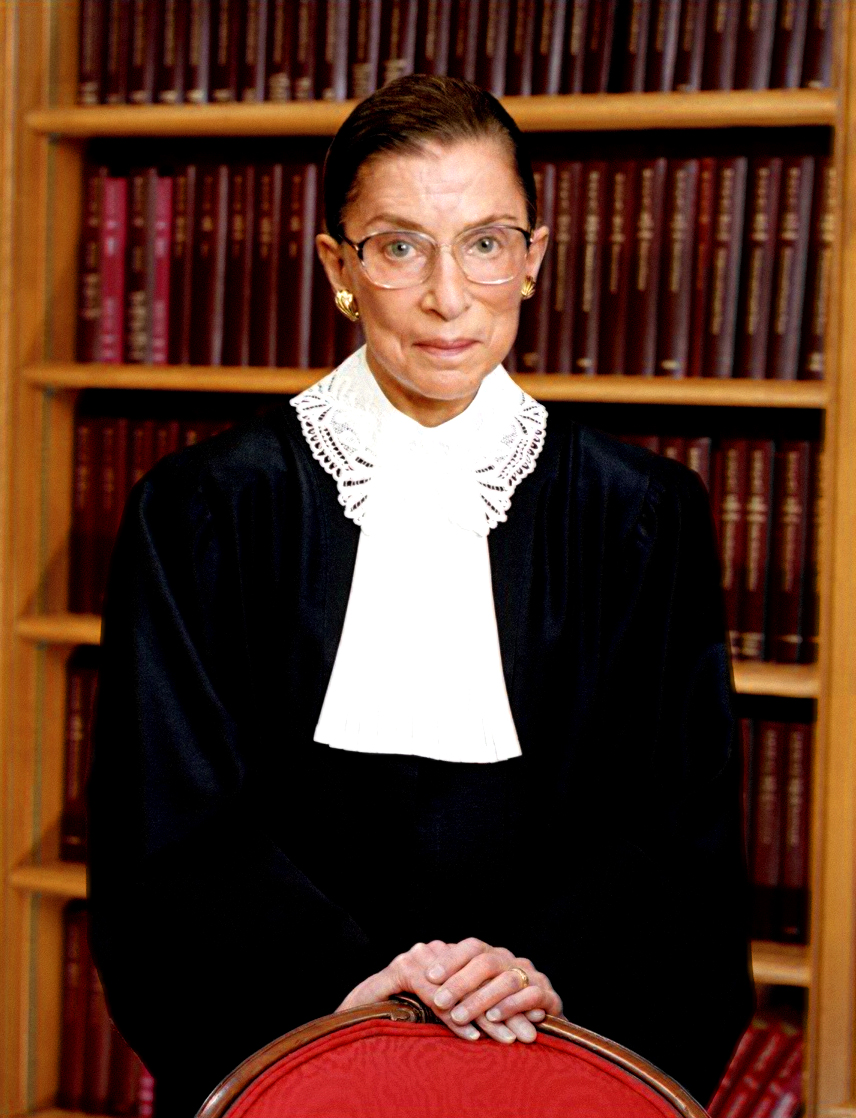
Ruth Bader Ginsburg spent her legal career methodically dismantling gender discrimination through strategic litigation before joining the Supreme Court in 1993, where she served until her death in 2020. As a lawyer, she won five of the six gender discrimination cases she argued before the Supreme Court, fundamentally changing how the law viewed sex-based classifications. Her approach was revolutionary—she often chose male plaintiffs to demonstrate how gender stereotypes harm everyone, making her arguments more palatable to male judges of the era.
During her 27-year tenure on the Court, Ginsburg became known for her powerful dissents, particularly in cases involving voting rights and gender equality, earning her the nickname “Notorious RBG” among younger generations. Her dissent in the 2013 Shelby County v. Holder case, which struck down key provisions of the Voting Rights Act, proved prescient as voter suppression efforts increased in subsequent years. The Ruth Bader Ginsburg Statue, unveiled in Brooklyn in 2021, commemorates her contribution to American jurisprudence and continues to inspire young women entering the legal profession.
Dolores Huerta: Labor Rights and Social Justice Pioneer
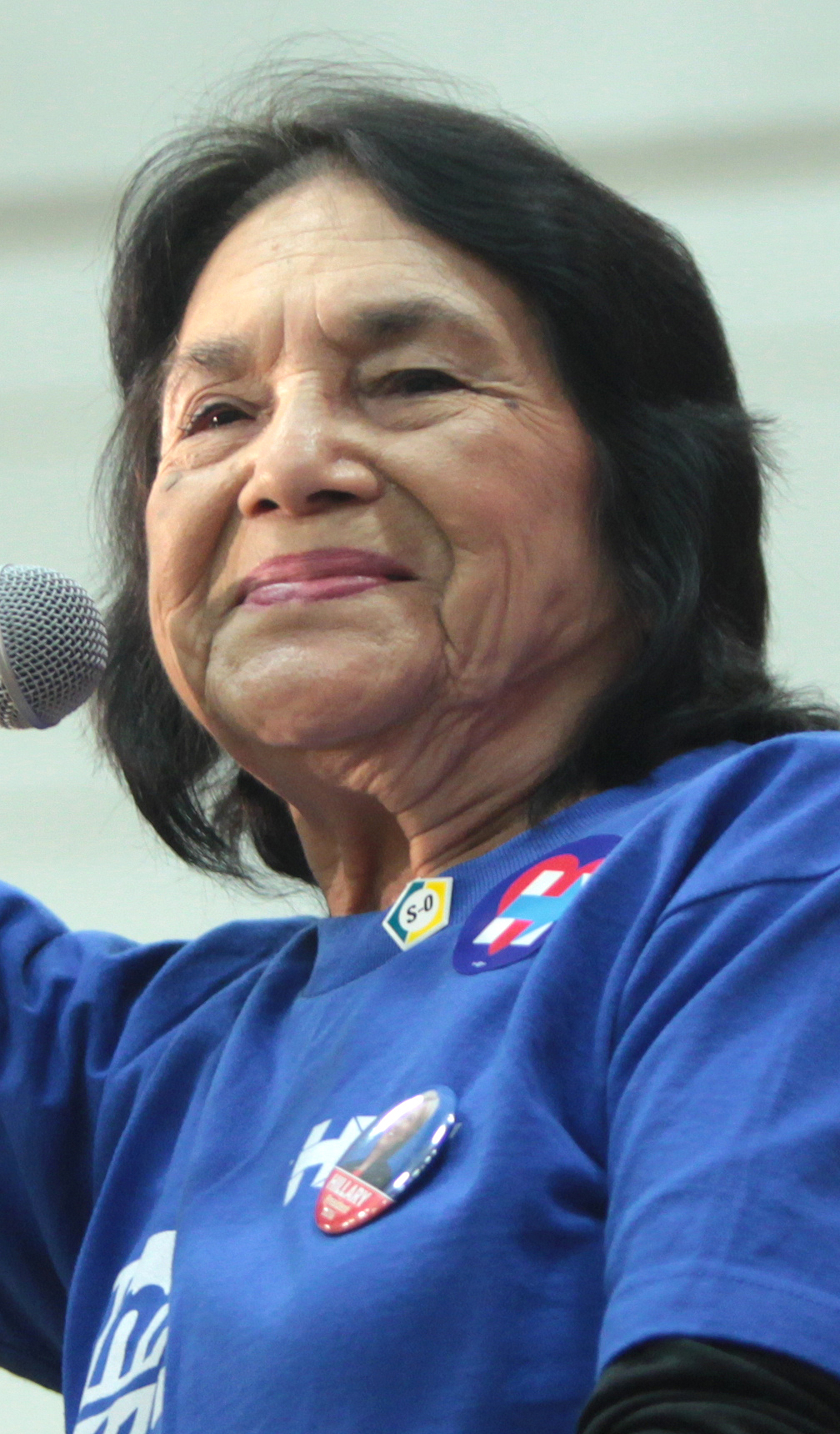
Dolores Huerta co-founded the United Farm Workers union with César Chávez in 1962, dedicating her life to improving working conditions for agricultural laborers who faced dangerous pesticide exposure, poverty wages, and lack of basic rights. Her organizing skills and fierce advocacy led to the first collective bargaining agreements for farm workers in American history, affecting the lives of thousands of families across California and the Southwest. Huerta coined the rallying cry “Sí, se puede” (Yes, we can), which later became a central slogan of Barack Obama’s 2008 presidential campaign.
At age 94, Huerta remains active through the Dolores Huerta Foundation, which has trained over 20,000 community organizers since its founding in 2003. Her work contributed to legislation including the California Agricultural Labor Relations Act of 1975, which granted collective bargaining rights to farm workers. President Obama awarded her the Presidential Medal of Freedom in 2012, recognizing her lifetime of advocacy for workers’ rights, women’s equality, and social justice that continues to influence labor movements today.
Margaret Chase Smith: Political Trailblazer and Conscience of the Senate
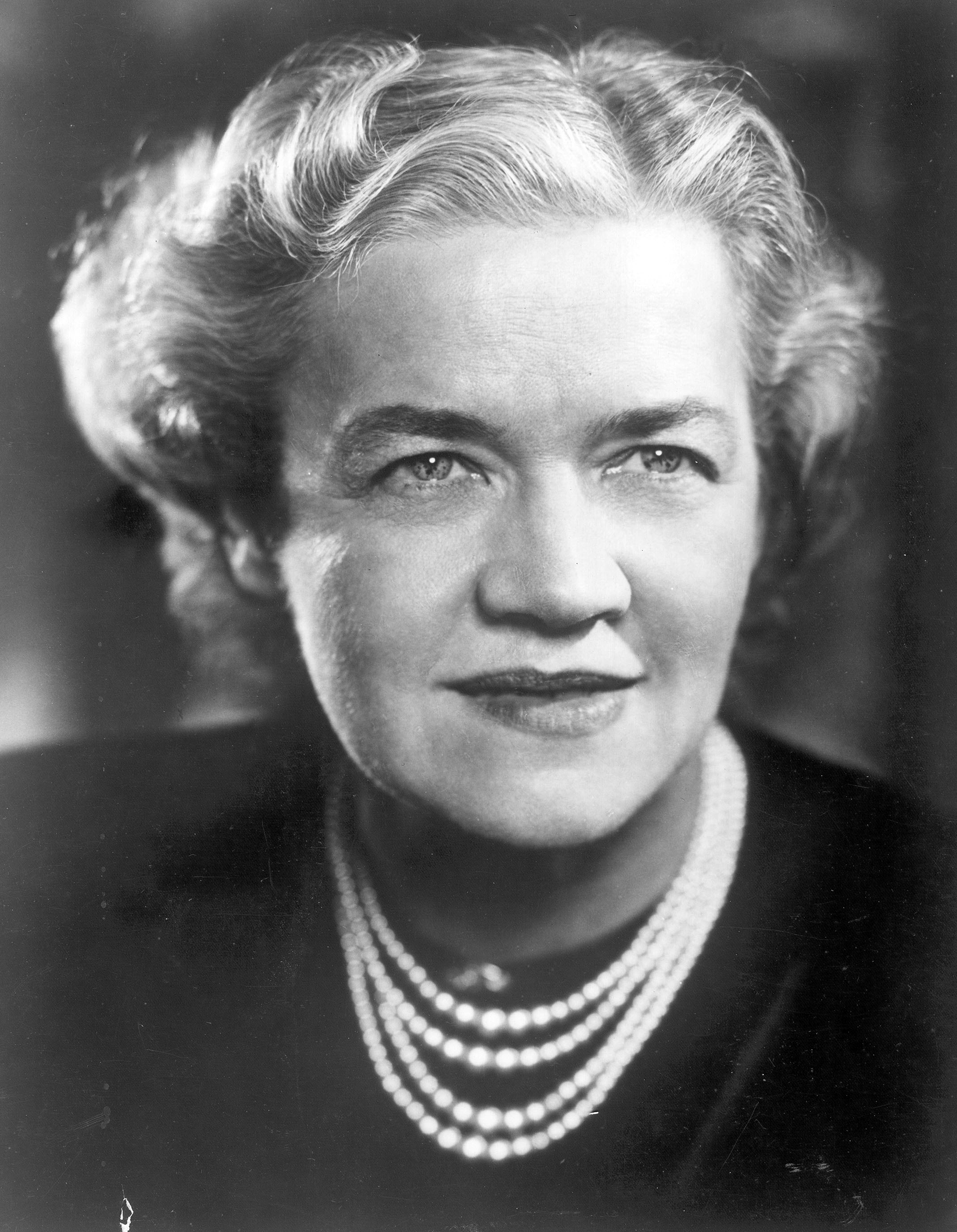
Margaret Chase Smith broke multiple political barriers during her career, becoming the first woman to serve in both houses of Congress and the first woman to have her name placed in nomination for president by a major political party at the 1964 Republican National Convention. Elected to the House of Representatives in 1940 and the Senate in 1948, she represented Maine for over three decades and compiled one of the most impressive attendance records in Congressional history. Her “Declaration of Conscience” speech in 1950 courageously challenged Senator Joseph McCarthy’s anti-communist tactics, making her one of the first politicians to publicly oppose McCarthyism.
Smith’s influence extended beyond party lines, as she championed legislation supporting women’s integration into the military and equal pay for equal work decades before these became mainstream issues. She served on the Senate Armed Services Committee and the Space Committee, helping shape America’s defense and space policies during the Cold War era. The Margaret Chase Smith Library in Skowhegan, Maine, which opened in 1982, preserves her papers and continues to promote civic engagement and public service education.
Maya Angelou: Voice of Resilience and Hope
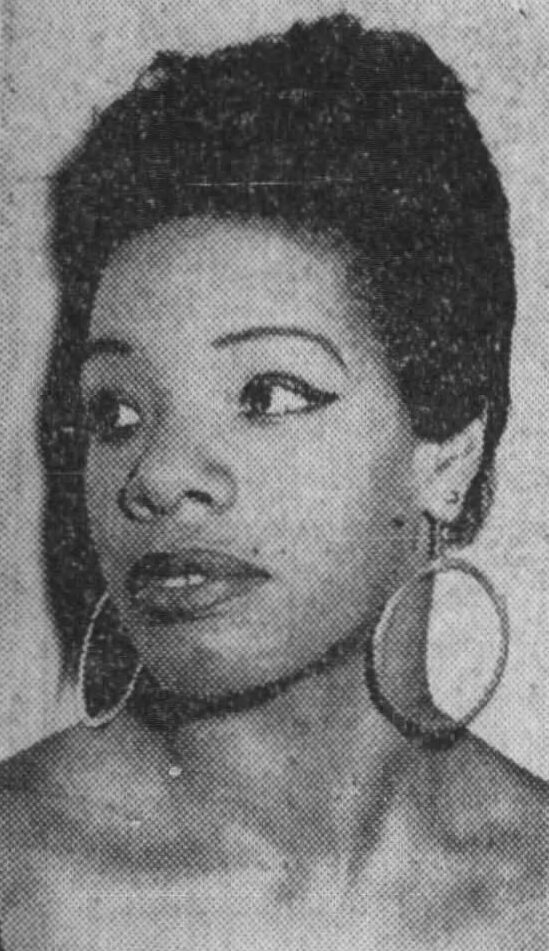
Maya Angelou’s autobiography “I Know Why the Caged Bird Sings,” published in 1969, became one of the most influential memoirs of the 20th century, selling over 4 million copies and inspiring countless readers with its honest portrayal of trauma, racism, and triumph. Her work as a writer, poet, and civil rights activist helped shape American literature and gave voice to the African American experience in ways that were both deeply personal and universally resonant. Angelou worked alongside Dr. Martin Luther King Jr. and Malcolm X during the civil rights movement, using her literary talents to advance the cause of social justice.
Her poem “On the Pulse of Morning,” written for President Bill Clinton’s 1993 inauguration, reached an estimated 31 million viewers and became one of the most memorable moments in inaugural history. Angelou’s influence on American culture extends through her 36 books, numerous awards including the Presidential Medal of Freedom, and her mentorship of countless writers and activists. The Maya Angelou Forever Stamp, issued by the U.S. Postal Service in 2015, ensures her legacy of courage, wisdom, and artistic excellence continues to inspire future generations.
Frances Perkins: Architect of the Social Safety Net
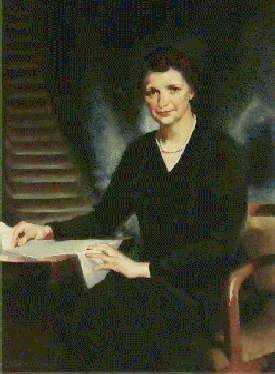
Frances Perkins became the first woman to serve in a presidential cabinet when Franklin D. Roosevelt appointed her as Secretary of Labor in 1933, a position she held for 12 years during the Great Depression and World War II. Her experiences witnessing the Triangle Shirtwaist Factory fire in 1911, which killed 146 workers, shaped her lifelong commitment to workplace safety and workers’ rights. As Labor Secretary, she was the primary architect of the Social Security Act of 1935, creating the foundation for America’s social safety net that still protects millions of Americans today.
Perkins also helped establish the minimum wage, the 40-hour work week, and unemployment insurance, fundamentally changing the relationship between workers and employers in America. Her efforts during the New Deal created programs that lifted millions out of poverty and established the principle that government has a responsibility to protect its citizens’ economic security. The Frances Perkins Building in Washington, D.C., which houses the Department of Labor, was renamed in her honor in 1980, recognizing her transformative impact on American labor policy and social welfare.
These remarkable women didn’t just witness history—they actively shaped it through courage, determination, and an unwavering commitment to justice and equality. Their legacies continue to influence American society today, reminding us that individual actions can create lasting change that benefits generations to come. What other barriers might still need breaking in the years ahead?

